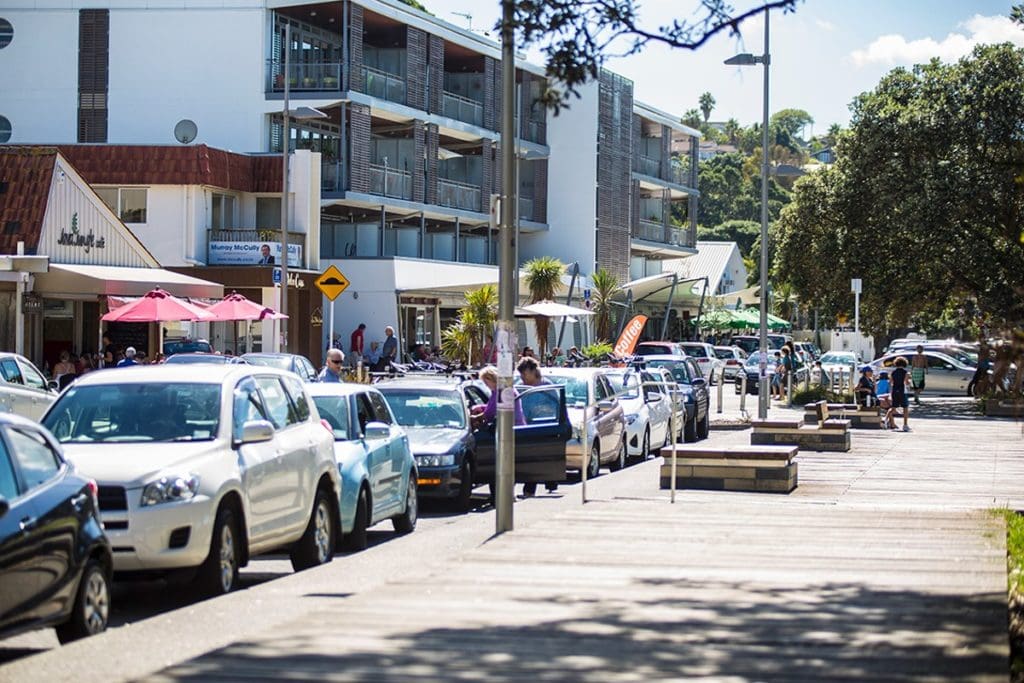Slower Roads Saving NZ Lives

Auckland, New Zealand
A long-term evaluation of lower speed limits in the Auckland region of NZ has found both fatalities and injuries have declined on the slower roads.
Deaths have continued to rise on roads where there are no speed reductions.
The Auckland region introduced lower speed limits on 700km of selected urban and rural roads in the middle of last year.
It is monitoring the impacts of the speed limit changes after one year, two years and five years.
After one year it compared the casualties on those roads with the average of the previous five years on the same roads.
Roads where speed limits were changed on 30 June 2020, have experienced a 67% reduction in deaths, and a 19% reduction in injury crashes resulting in injury.
Rural roads where speeds were changed have experienced a 78% reduction in deaths and a small reduction in serious injuries.
About 10% of Auckland Transport’s roads have been allocated lower speed limits.
Another 462 roads near 57 schools around the region, and 208 rural roads are set to have their speeds reduced in the next phase of the program.
Initial results for key rural roads show there has been good compliance with the new limits and average travel speed reductions are between 3 km/h and 7km/h.
Results also show that travel times have not been significantly impacted. On a nine-minute journey, there has been an approximate increase of 20 to 50 seconds.
In urban town centres, speed limit changes were complemented by physical speed calming measures, such as speed tables and raised pedestrian crossings, to stop vehicles speeding and to make the streets a safer place for walking, cycling, children, the elderly, and the differently-abled.
Surveys show locals feel the changes have made the streets safer. Overall, the speed calming measures have had the biggest impact on how often people are walking in their local area.
Overall, 19% of respondents state they are now participating in at least one active mode activity more often since implementation.
Where residential streets also relied on traffic calming as well as lower speed limits, surveys indicated that 79% of respondents felt that the speed humps and speed tables have made the area safer overall, including 56% saying it is much safer than before.
This article was previously published by Bicycle Network.
